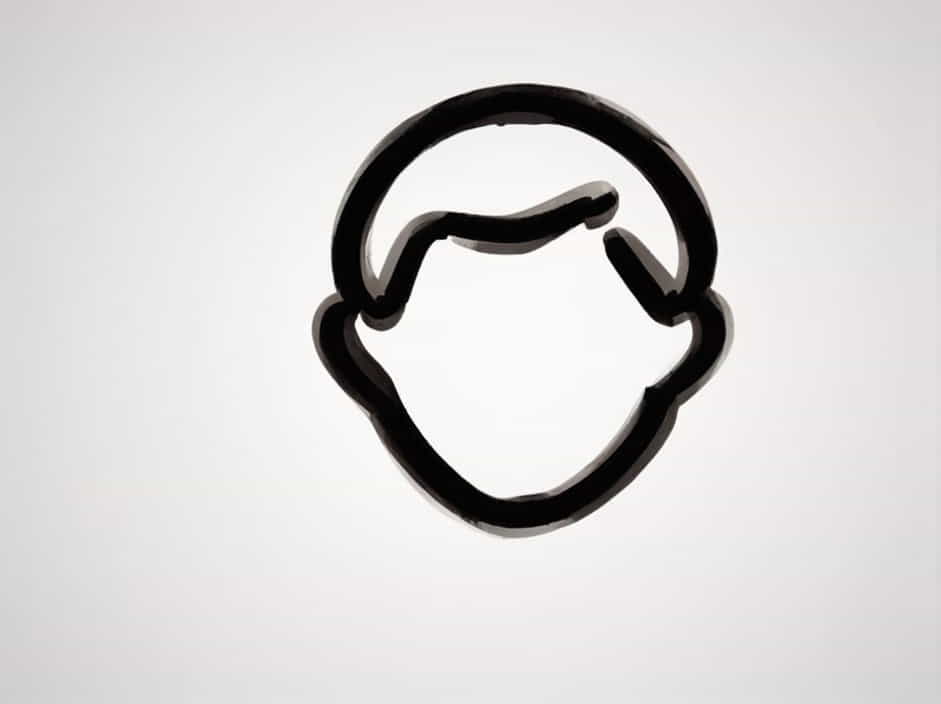Body language is a powerful form of communication. One common gesture people make when feeling frustrated, stressed, or overwhelmed is placing their hand on their forehead. This simple action speaks volumes about a person’s emotions and state of mind.
In this topic, we will explore the meaning behind this gesture, why people do it, and how it is perceived in different cultures.
Why Do People Put Their Hand to Their Forehead?
This gesture is a universal sign of exasperation, frustration, or disbelief. People often use it instinctively in response to a stressful or unexpected situation.
Common Reasons for This Gesture
- Frustration – When things don’t go as planned, a person might place their hand on their forehead as a sign of disappointment.
- Stress and Overwhelm – When dealing with a challenging situation, this gesture may indicate mental exhaustion.
- Embarrassment – If someone realizes they’ve made a mistake, they might instinctively place their hand on their forehead in disbelief.
- Shock or Surprise – Sometimes, people use this gesture when they hear shocking news or something completely unexpected.
This simple motion is a natural reaction to strong emotions.
Psychological Explanation of the Gesture
Experts in psychology and body language suggest that placing a hand on the forehead is a subconscious attempt to self-soothe.
How the Brain Interprets This Gesture
- The forehead area is close to the prefrontal cortex, which is responsible for decision-making and problem-solving.
- Touching the forehead can be a way to comfort oneself in moments of mental overload.
- The gesture can also serve as a physical barrier, as if trying to block out negative thoughts.
People often do this without even realizing it, as it is an instinctive response to emotional discomfort.
Cultural Perceptions of the Gesture
Different cultures interpret body language in unique ways. While placing a hand on the forehead is commonly understood as a sign of exasperation, its meaning can vary.
Western Culture
In the West, this gesture is widely recognized as a reaction to frustration, stress, or disbelief. It is commonly seen in movies, TV shows, and daily interactions.
Asian Cultures
In some Asian cultures, gestures related to the head and face carry deeper meanings. While this gesture is still recognized as a sign of stress, it may also indicate deep thought or regret.
Middle Eastern and Mediterranean Cultures
In these regions, placing a hand on the forehead can be a more dramatic expression of shock, sadness, or regret. It is sometimes used in public mourning or intense emotional moments.
While the basic meaning of the gesture remains consistent, cultural background can influence how it is interpreted.
Common Variations of the Gesture
This action is not always performed in the same way. Different variations may indicate different emotions.
1. Rubbing the Forehead
- Often a sign of deep thinking or frustration.
- Common in stressful decision-making situations.
2. Covering the Face with One Hand
- Can indicate embarrassment or disbelief.
- Often seen when someone makes a mistake and realizes it immediately.
3. Slapping the Forehead (Facepalm)
- A more exaggerated version of the gesture.
- Used when someone is extremely frustrated or annoyed, often at themselves.
Each variation carries a slightly different message but all express some form of emotional reaction.
How This Gesture is Used in Media and Pop Culture
Many movies, TV shows, and comic strips use this gesture to visually represent frustration.
Examples in Entertainment
- Comedy Shows – Characters often place their hands on their foreheads when dealing with ridiculous situations.
- Dramas and Thrillers – A stressed-out detective or a disappointed character may use this gesture in key moments.
- Animated Shows – Cartoons frequently exaggerate this movement to emphasize emotions.
This simple gesture is widely understood, making it an effective tool in storytelling.
How to Respond When Someone Uses This Gesture
If you notice someone placing their hand on their forehead, it may be a sign that they are struggling with something. Here’s how you can respond:
- Acknowledge Their Feelings – If someone looks frustrated, ask if they need help or a break.
- Give Them Space – Sometimes, people just need a moment to collect their thoughts.
- Offer a Solution – If they seem overwhelmed, suggesting a practical solution can help.
- Use Humor (If Appropriate) – In casual situations, lighthearted humor can ease frustration.
Recognizing this gesture can help you understand what someone might be feeling, even if they don’t say it out loud.
Placing a hand on the forehead is a common and natural reaction to frustration, stress, or disbelief. While the gesture has universal meaning, cultural differences can influence how it is interpreted. Whether in daily life or in movies, this simple motion communicates a lot about human emotions.
By understanding body language, we can become more aware of our own emotions and better interpret the feelings of those around us.
